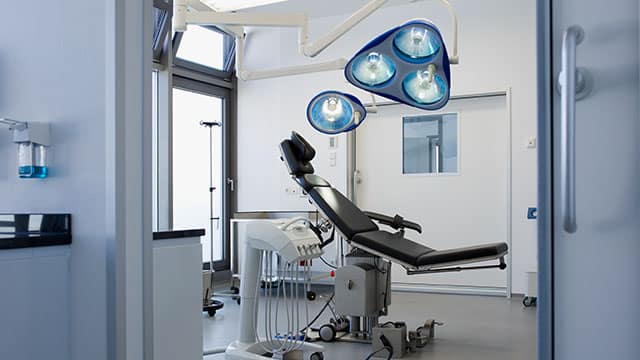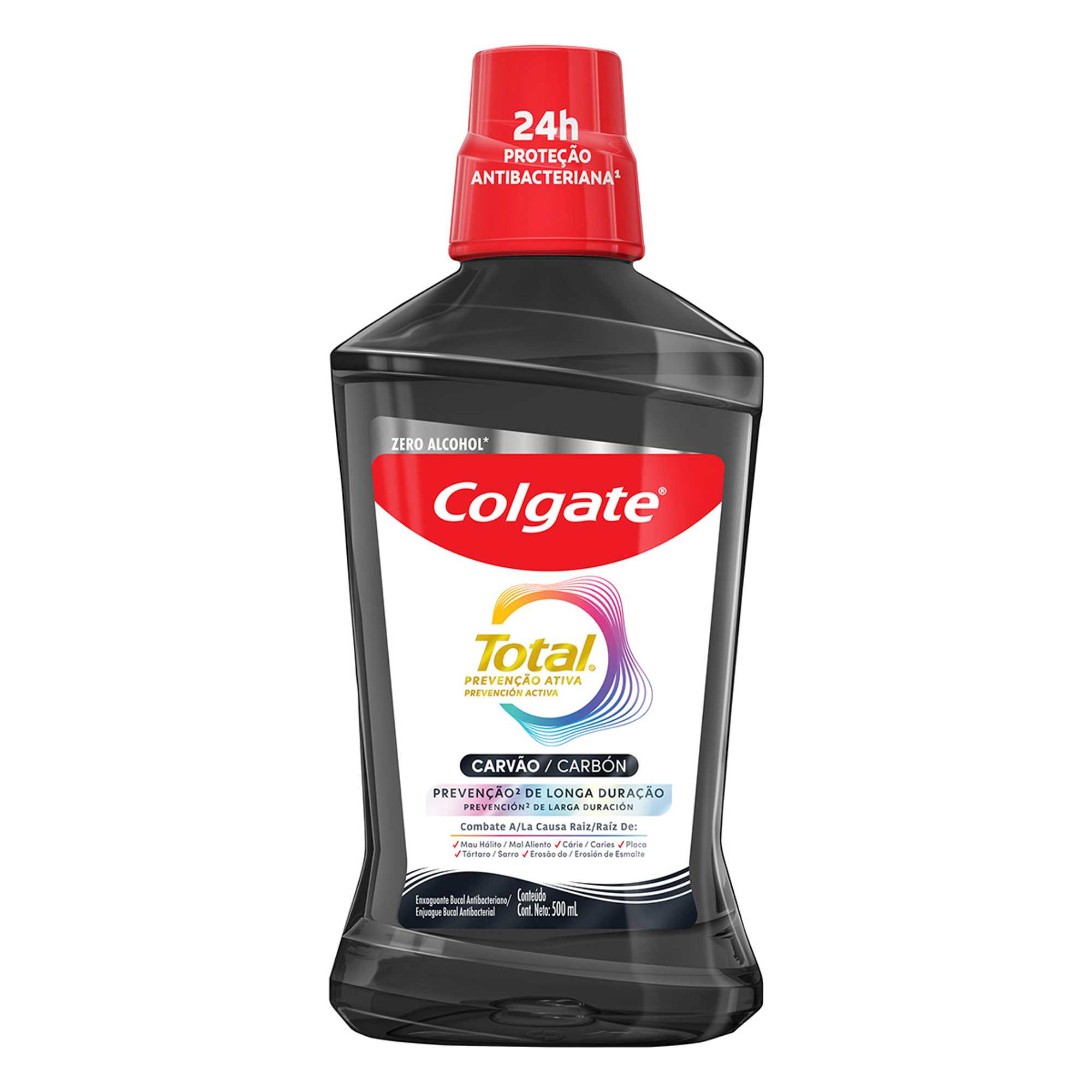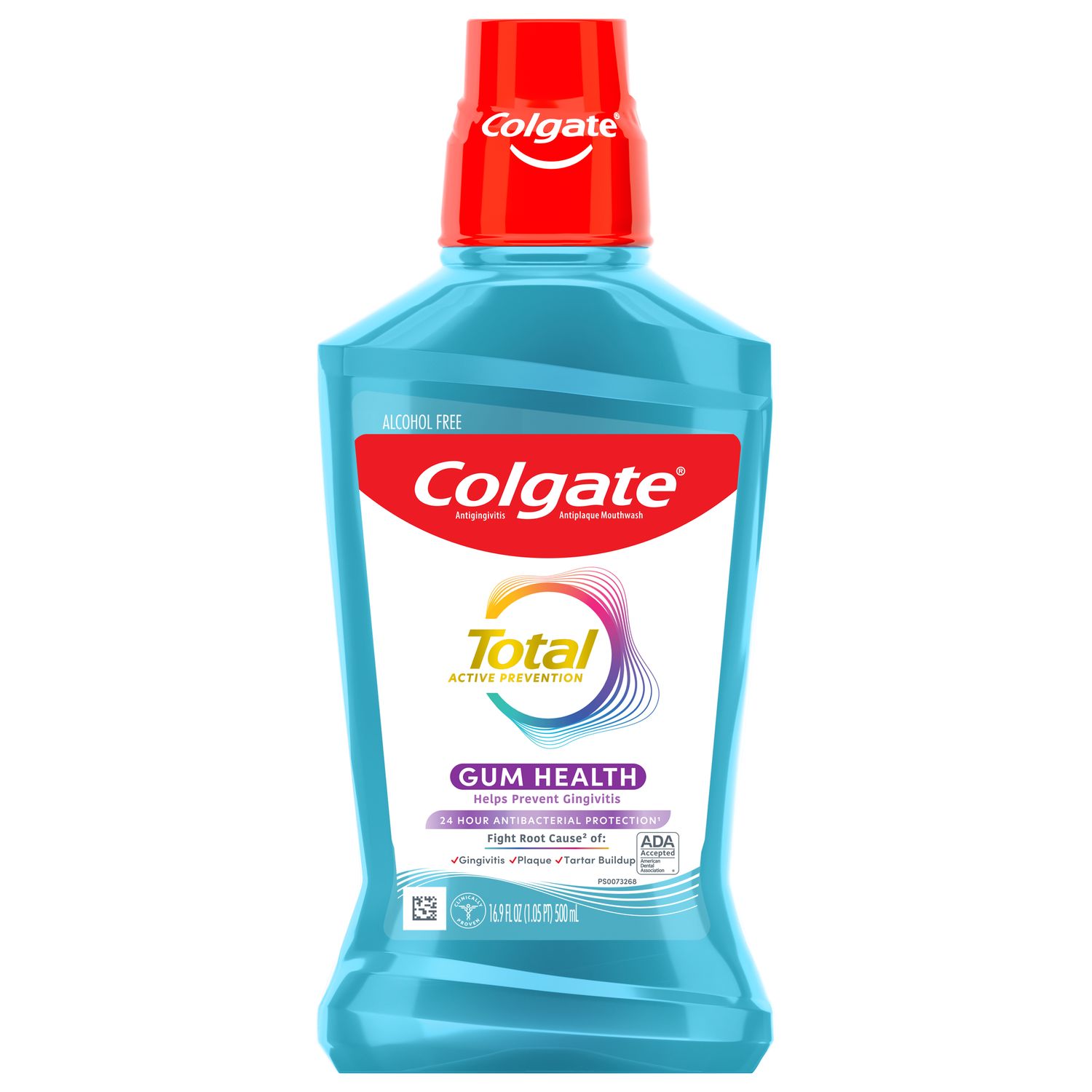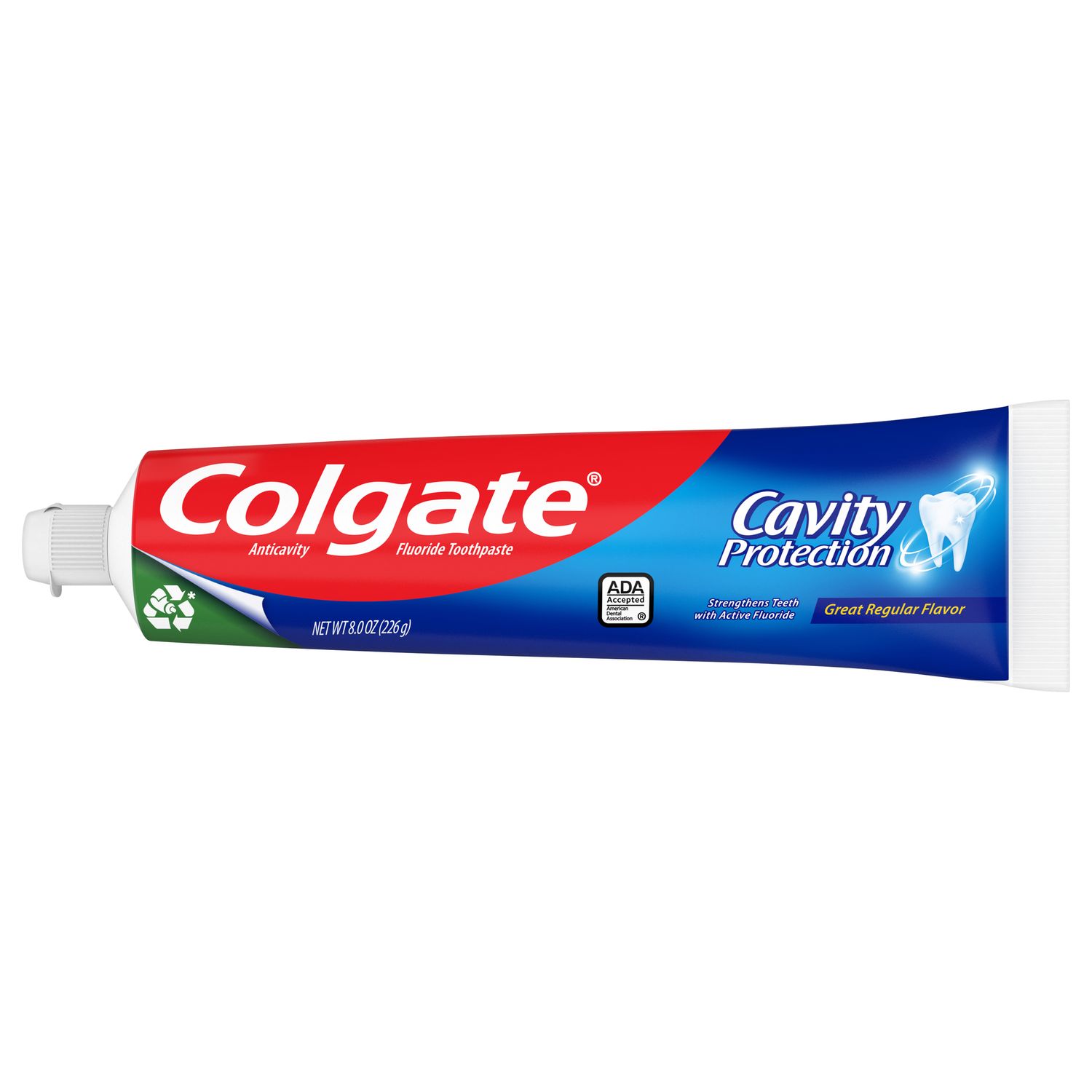-
-

FLUORIDE
What Is Stannous Fluoride Toothpaste?Discover what is Stannous Fluoride Toothpaste and its importance to prevent cavities and other oral health problems.

TEETH WHITENING
Whitening toothpaste - hydrogen peroxide vs. carbamide peroxideIf you lose one or more of your front teeth due to injury or decay, you may feel ...
-
Science & InnovationOral Health Commitment
- Oral Health Commitment
- Bright Smiles, Bright Futures
- Educational Resources
- Mobile Dental Van
- Volunteer
- ORAL HEALTH CHECK
- PRODUCT MATCH
- Oral Health and Dental Care | Colgate®
- Oral Health
- What Is An Alginate Impression?


Did you know that your teeth are unique? Many dental treatments and devices are specially designed to fit into the mouth naturally. Dental impressions help dentists create custom oral devices that will sit comfortably on teeth surfaces. To get these impressions, they use a material known as alginate. Learn more about what alginate is and how dentists use it.
What Is Alginate Made Of?
Alginate is a powder material that contains sodium alginate, calcium sulfate, trisodium phosphate, diatomaceous earth, zinc oxide, and potassium titanium fluoride. When mixed with water, it makes a smooth gel-like consistency that sets firmly enough to mold. Alginate is a hypoallergenic (unlikely to cause an allergic reaction) material that dental professionals use to take accurate teeth impressions for various oral devices and treatments.
Alginate Impression Uses
Dental impressions are used for any device that has to fit over or replace any of your teeth, such as:
Because alginate impression material reacts favorably to water, it produces accurate dental impressions even in the presence of saliva. An accurate impression of your teeth and gums will help your dentist recreate a model of your dental arch. This will then be used to customize the dental device.
Making an Alginate Impression
Making dental impressions happens during your initial consultations. Your dentist will start by cleaning the teeth to remove any debris and allow the mouth to partially dry. Once this is done, they will mix the alginate powder with water to create a smooth, spreadable consistency. The mixture is then spooned onto a u-shaped impression tray that will fit onto the arch of your teeth. The tray will be firmly placed on the upper or lower teeth (depending on where the dental work is being done) for a couple of minutes. Let your dentist know if you experience a gag reflex. They may administer nitrous oxide, laughing gas, to stop the reflex and make you feel relaxed.
Getting impressions of your teeth is an important part of restorative and orthodontic treatments. Precise impressions help dentists make custom fitting appliances that won't cause irritation or discomfort. If you are worried about an active gag reflex, talk to your dentist. They are there to help you feel comfortable.
Oral Care Center articles are reviewed by an oral health medical professional. This information is for educational purposes only. This content is not intended to be a substitute for professional medical advice, diagnosis or treatment. Always seek the advice of your dentist, physician or other qualified healthcare provider.
Related Articles

Dental visits
10 Common Questions To Ask Your DentistAt each appointment, asking dental questions is an important part of your long-term healthcare. Here are 10 you should get the answers to.

Dental visits
Understanding Deep Sedation At The Dentist's OfficeWith some types of dental work, your dentist might recommend a type of anesthetic like deep sedation. Learn all about deep sedation and what it's used for.

Dental visits
How to Find an Affordable DentistThose without insurance believe an affordable dentist is out of reach, but these regular dental visits are a must. Here's how to find care in your budget.

Dental visits
10 Signs You Have the Best DentistIf you're wondering whether or not yours is top of the line, consider these 10 things all good dentists do for their clients.
Related Products

Esse enxaguante bucal multibenefício Colgate Total 12 Carvão Ativado apoia as defesas naturais da sua boca com o zinco. Ele também ajuda a manter os dentes mais brancos, além de combater germes e bactérias para uma limpeza total por até 12 horas.

Colgate Total Alcohol Free* Gum Health Mouthwash delivers 24-hour protection** against bacteria and also helps prevent gum problems

Colgate Total Fresh Mint Toothpaste fights bacteria, the root cause of many oral health issues such as gingivitis, tartar, sensitivity, weak enamel, bad breath, and cavities.

Formulated with Fluoride and with a great mint taste, Colgate Cavity Protection Toothpaste cleans thoroughly, strengthens teeth, and fights cavities.

Helping dental professionals
More professionals across the world trust Colgate. Find resources, products, and information to give your patients a healthier future




